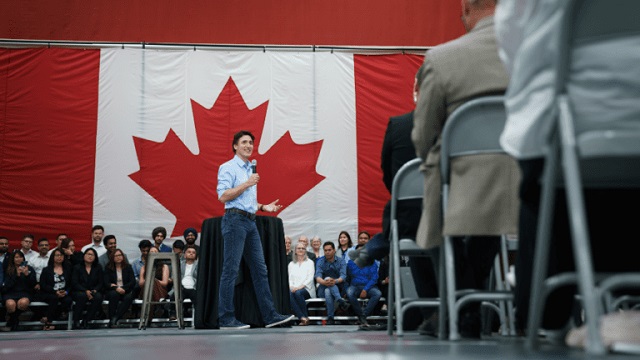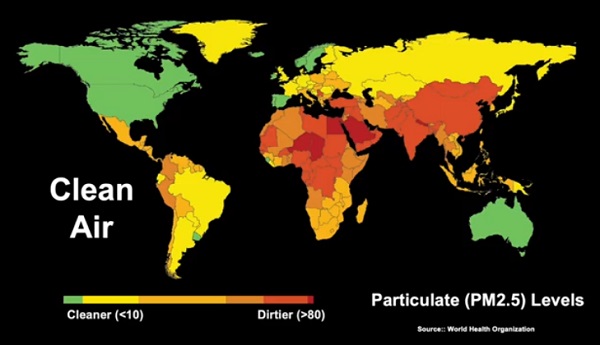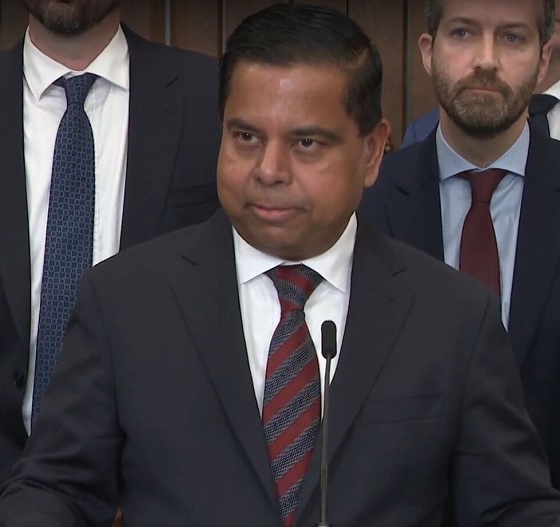Quick Hit:
The Army has already exceeded its 2025 recruiting goal of 61,000 troops—four months ahead of schedule—as the Trump administration’s rollback of woke policies draws thousands back to military service.
Key Details:
-
The Army’s 2025 recruiting goal was 61,000—higher than last year’s 55,000—and has already been met with more than four months remaining in the fiscal year. Officials report a 56% increase in average daily enlistment rates over last year.
-
Army Secretary Daniel Driscoll thanked Trump and Hegseth, saying their “decisive leadership” and “putting soldiers first” contributed to the record-breaking numbers.
-
Hegseth has aggressively pushed to eliminate leftist cultural initiatives in the military, including moves to administratively separate transgender troops and rename a Navy ship previously dedicated to gay rights icon Harvey Milk.
Diving Deeper:
The U.S. Army has reached a major milestone ahead of schedule—signing up 61,000 new recruits in fiscal year 2025, effectively smashing its annual goal months before the September 30th deadline. The achievement marks a dramatic shift after years of underperformance and is being touted as a vindication of the Trump administration’s efforts to reorient the military away from progressive social engineering and back toward warfighting readiness.
In a Wall Street Journal op-ed Tuesday, Army Secretary Daniel Driscoll praised the recruiting corps, attributing their success to both boots-on-the-ground determination and high-level support. “I’m incredibly proud of our U.S. Army recruiters and drill sergeants,” he said. “Their colossal efforts and dedication to duty helped the U.S. Army accomplish our FY25 annual recruiting goal a full four months ahead of schedule.” Driscoll continued, “I want to thank the commander in chief, President Trump, and Secretary of Defense Hegseth for their decisive leadership and support.”
The Army’s target of 61,000 recruits was a notable jump from last year’s 55,000 goal. Officials say that as of this month, daily enlistment figures are tracking 56% higher than the previous year.
Driving the increase, many believe, is the sweeping overhaul of military culture underway under Defense Secretary Pete Hegseth. Hegseth has made no secret of his intent to steer the armed forces away from what he calls “woke and weak” policies. That includes the Pentagon’s past focus on gender identity politics, climate initiatives, and mandatory diversity training—priorities Hegseth sees as incompatible with combat readiness.
“We are leaving wokeness and weakness behind,” Hegseth declared during remarks last month at the Special Operations Forces Week convention in Tampa. “No more pronouns, no more climate change obsession, no more emergency vaccine mandates. No more dudes in dresses. We’re done with that s***.”
Hegseth emphasized a military rooted in “lethality, meritocracy, accountability, standards and readiness,” and added pointedly, “Our combat formations don’t need to look like Harvard University—they need to look like killers.”
In line with that shift, Hegseth also this week ordered the Navy to remove Harvey Milk’s name from a replenishment ship. The vessel had been named in honor of Milk, a gay rights activist and former Navy officer who was elected to the San Francisco Board of Supervisors in 1977 before being assassinated a year later.
The directive aligns with what Hegseth calls “warrior culture” and the broader mission to reflect Trump administration priorities across the military’s assets and institutions. The Pentagon has yet to confirm a new name for the USNS Harvey Milk, and a spokesperson said reviews are ongoing.
The Army is set to mark its 250th anniversary on June 14th—a symbolic moment, officials say, as it reclaims its footing and begins to rebuild the force from a position of strength.

















